“Good morning, Cornerites. On behalf of Tally-Ho Corner Tours I’d like to welcome you aboard this chilly (Get the heater on, Roman!) bus-based Train Sim World diesel multiple unit. Very shortly, assuming ‘nodding donkey’ number 142033 plays beach ball, we will be making our way to Blackpool via the more southerly/interesting of the resort’s two rail links. Under your seat you’ll find a map of our route, plus a goody bag containing a gluten-free butter pie, a Kiss Me Quick hat, and a Geiger counter.”
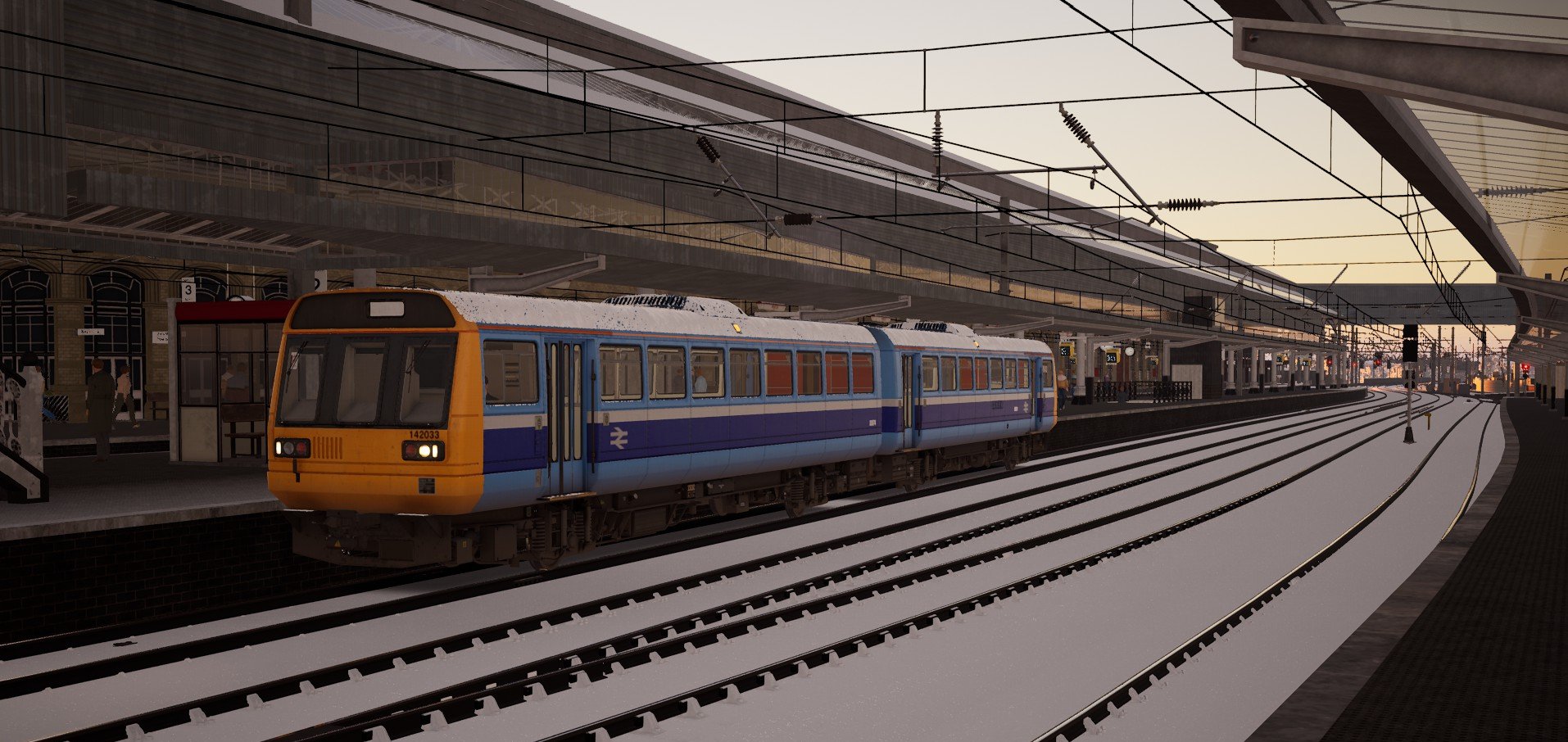
Before we quit Preston’s recently carbuncled station it would be remiss of me not to point out that the city that gave the world teetotalism also has a strong claim to be the birthplace of the Industrial Revolution. Richard Arkwright, the 18th Century entrepreneur who invented the soul- and digit-crushing factory system, was born here and devised his game-changing water frame in a building a short stroll from this spot.

Well done, Roman. Despite last night’s snowfall and Preston Station’s reputation as the worst place in Britain to commence a rail journey from, my colleague has managed to get us underway exactly on time.

That magnificent firmament pricker up ahead is St. Walburge’s. There’s no taller spire on a parish church anywhere in England, and only Salisbury’s and Norwich’s tower toppers reach higher amongst cathedrals. A Catholic place of worship, it was designed by Joseph Hansom, the inventor of that Sherlockian staple, the Hansom cab.
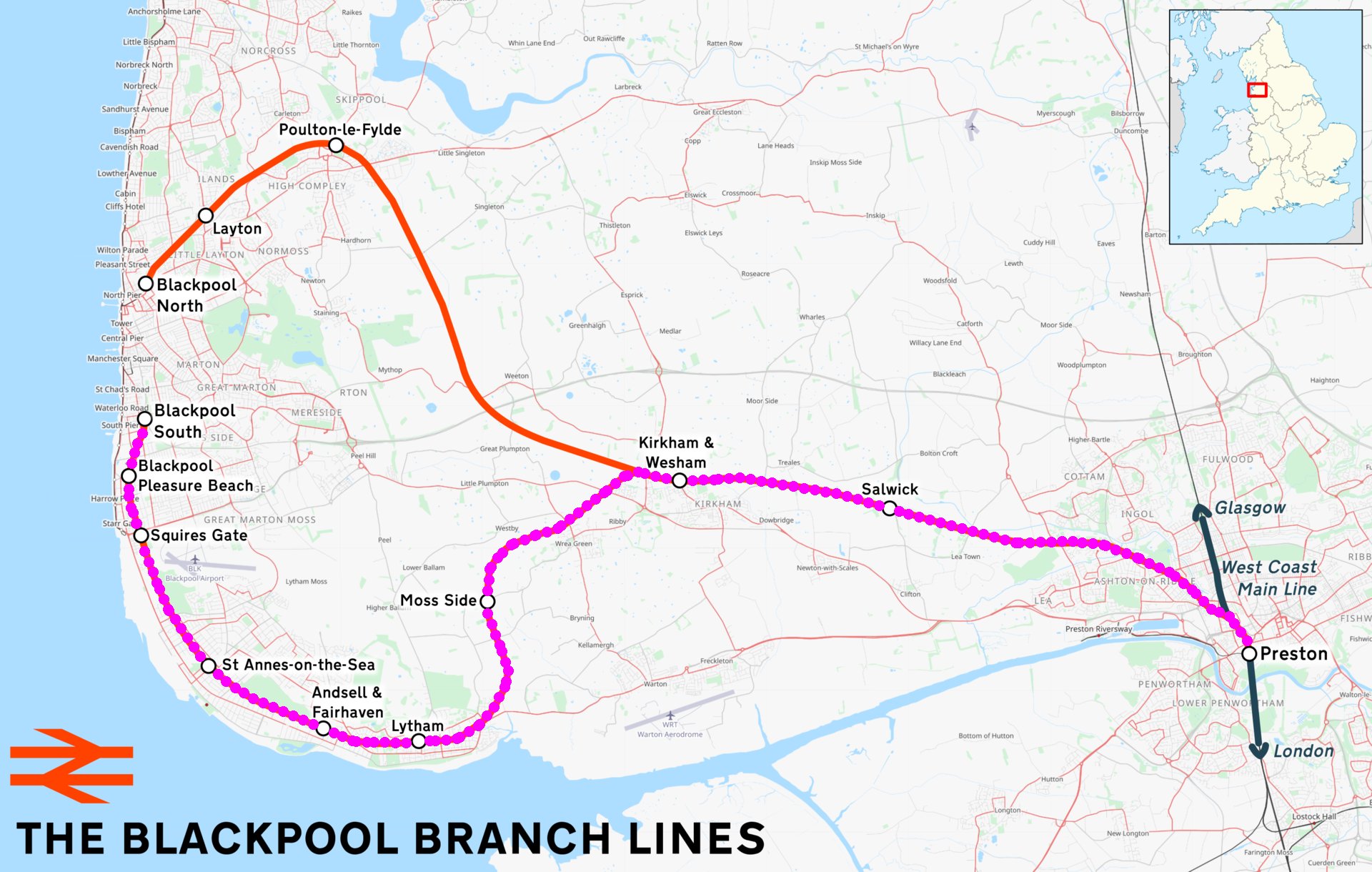
Just before St Walburge, we leave the arterial West Coast Main Line, veering left onto the quieter stethoscope-shaped Blackpool branch lines.

Look to your right as we rumble over the Maudland Viaduct and you’ll see remnants of what was once Preston’s dominant industry. By the middle of the Nineteenth Century, eighty percent of Prestonians made a living from cotton-related toil. The closest pair of mill chimneys was demolished in the mid 1980s (Just Trains have modelled the route as it looked in the early 1980s). The stack beyond belongs to Tulketh Mill and still stands today.
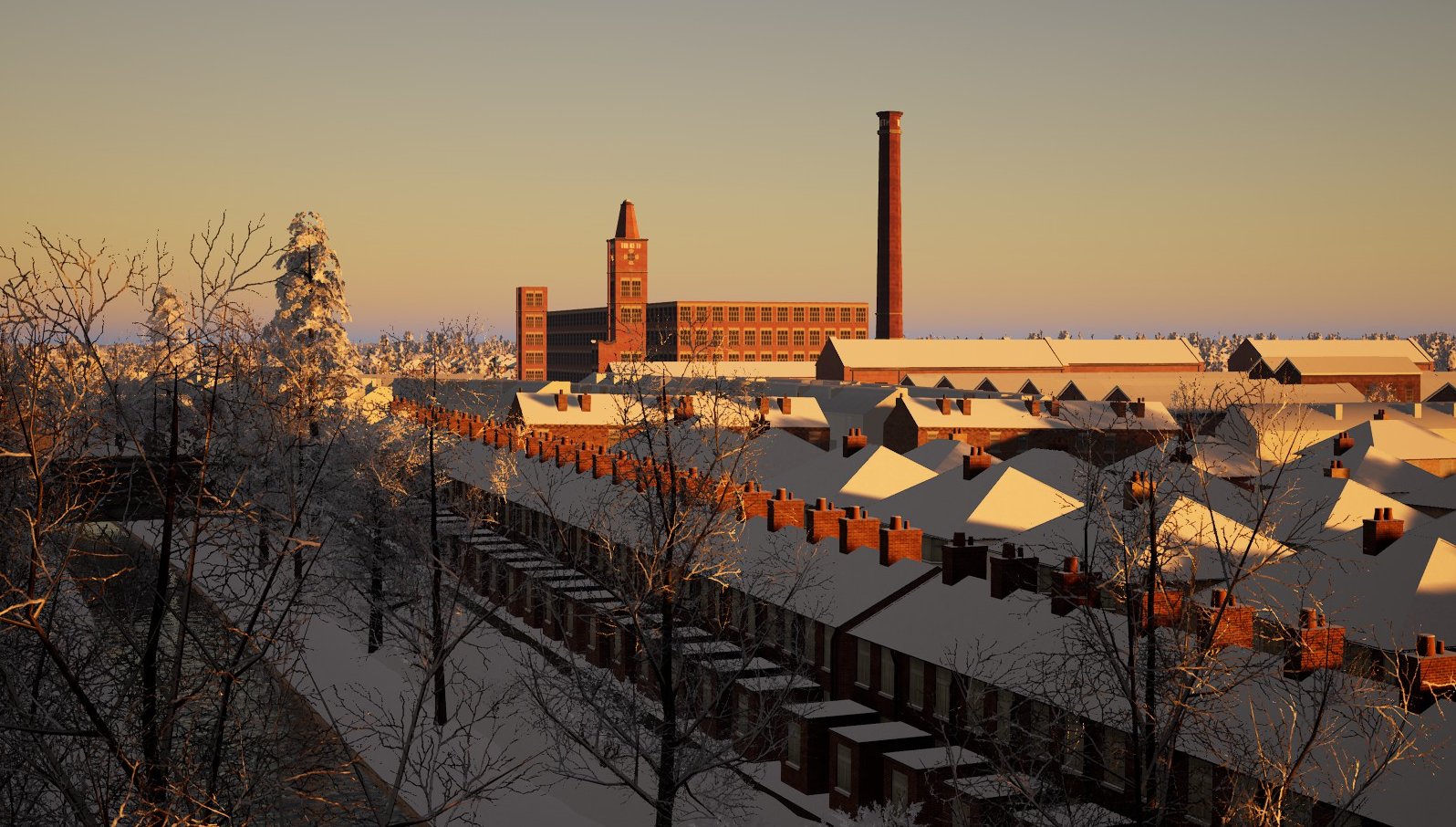
Extensively and expensively modernised in 1963, Tulketh appeared well-placed to survive the economic challenges that were closing other, less progressive, Lancashire mills in the Sixties. However, unable to attract sufficient workers and compete with cheap Asian imports, in 1968 it too succumbed.

The Lancaster Canal, a waterway ideally suited to lazy narrowboaters, wends close to our line for the next few minutes. Lock-free for almost forty miles, it was isolated from the rest of Britain’s inland waterway network for over two centuries. We’ve just passed over the £6.54 million Ribble Link, the project that finally ended that isolation in 2002.

That’s Salwick ahead, a village where the traditional rural craft of nuclear fuel production is still practised. Need some uranium hexaflouride or uranium dioxide for a DIY project? The Springfields factory shop may be able to help. As the following leaflet – presumably distributed to householders in the local area – explains, there “has never been a gaseous release which has affected people off site and it is important to understand that the possibility of such an incident is very remote” however…
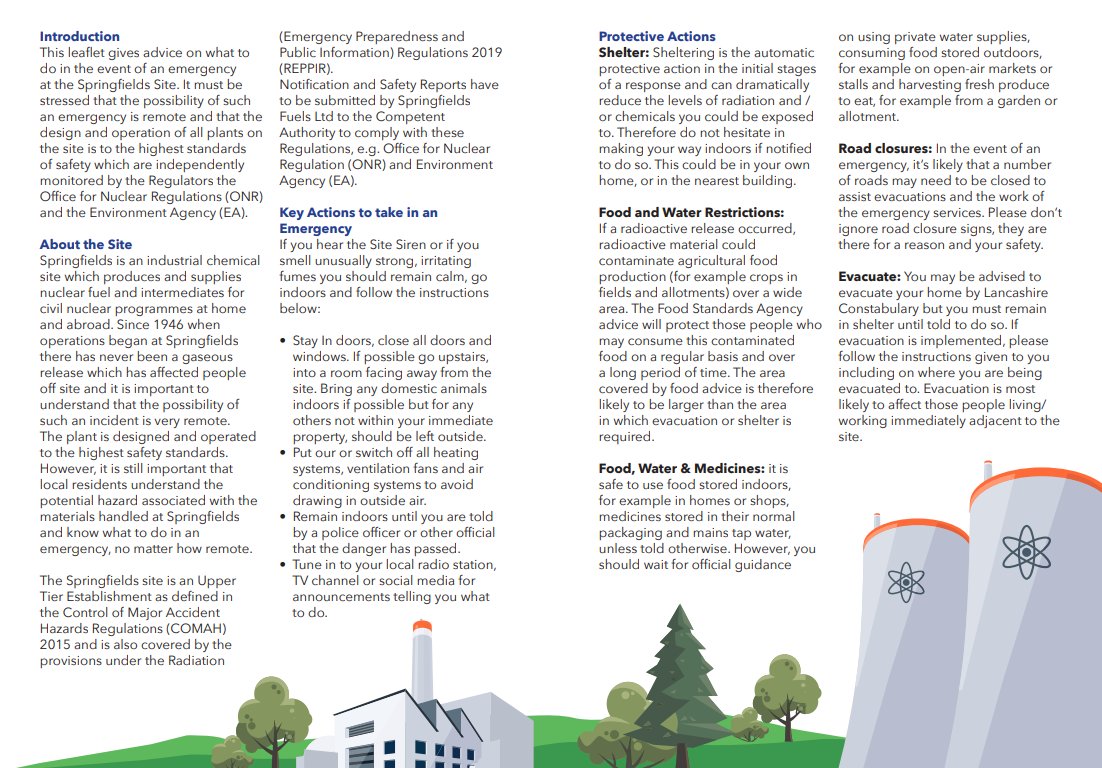
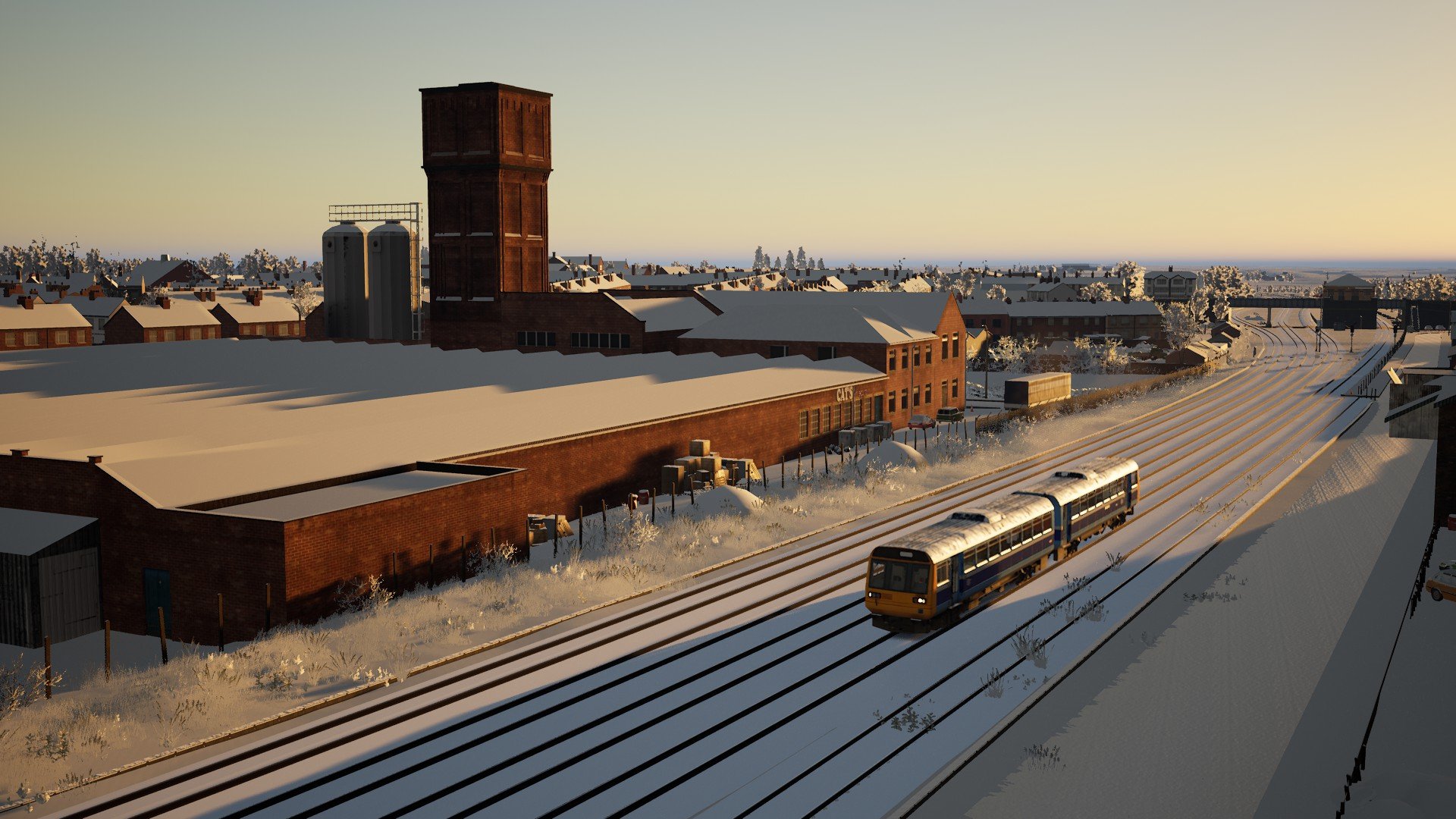
Roman has always preferred chocolate biscuits to yellowcake hence our increase in velocity. When the wind is blowing from the west, famished travellers waiting for trains at Kirkham and Wesham – the station after Salwick – are taunted by tantalising odours emanating from the adjacent Fox’s biscuit factory.

Crunch Creams, Party Rings, Classic, Triple, and Rocky Bars… a host of delicious tea accompaniments are produced in what I believe is the third biscuit bakery to figure in a THC railtour.

The line divides at Wess-am (As Northern Trains discovered earlier this year, people in these parts like their place names to be pronounced correctly) and we head south, making for Lytham St Annes and the Ribble estuary via one-horse villages such as…
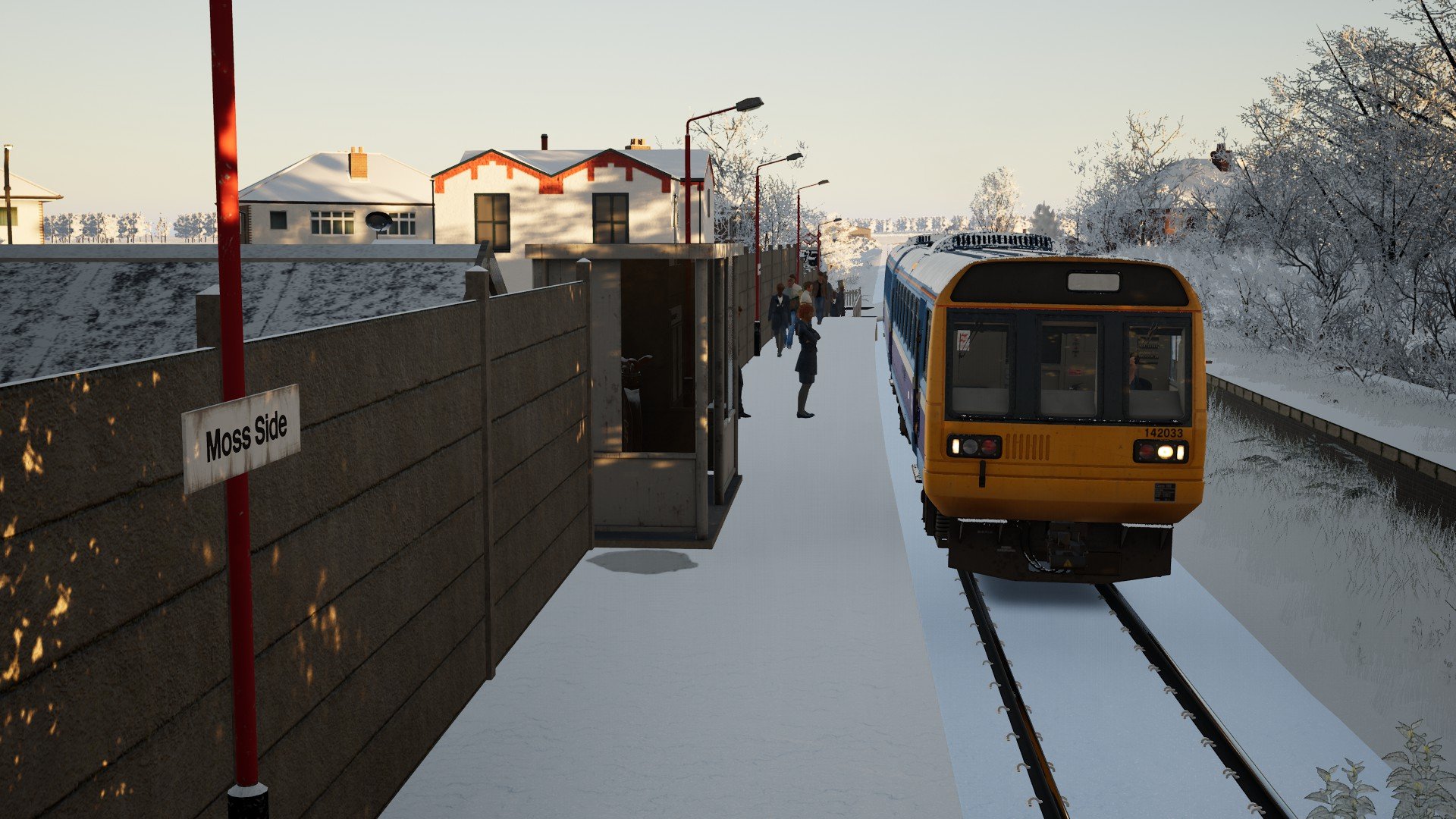
Moss Side lost its rail services in 1961, but regained them in 1983 with help from a County Council grant. A couple of miles south-east of the station is an airfield that has been at the heart of British military aviation since the Forties.
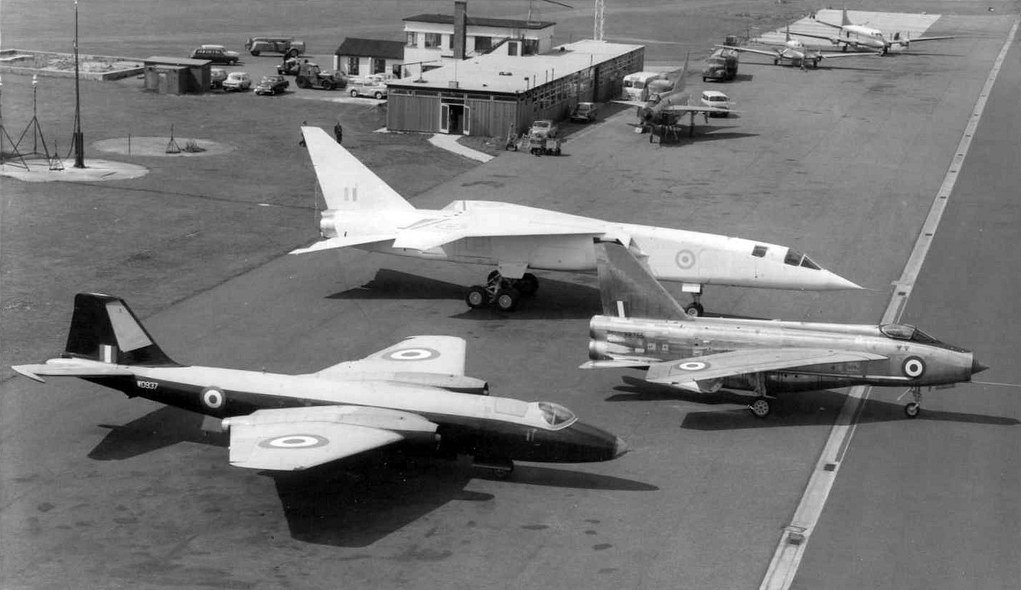
Utilised by English Electric and its successors for the design, assembly, and testing of fast jets, Warton Aerodrome is where supersonic warbirds such as the Lightning, TSR-2, and Tornado literally took shape. The maiden flights of the Canberra, Hawk T2, Harrier GR9, and Eurofighter-testbed EAP, all occurred in this corner of Lancashire.
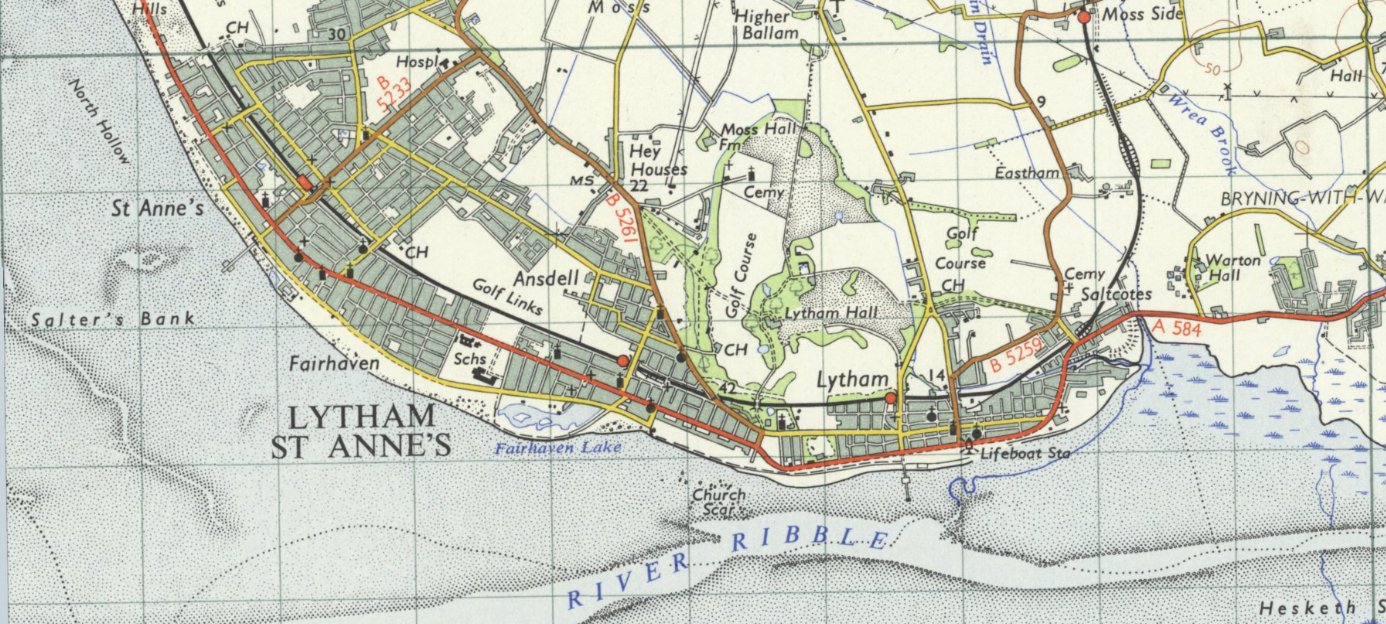
No THC railtour would be complete without an accident account. We’re fast approaching Lytham, the first of lengthy Lytham St Anne’s three stations. On a chilly November evening in 1924 at…
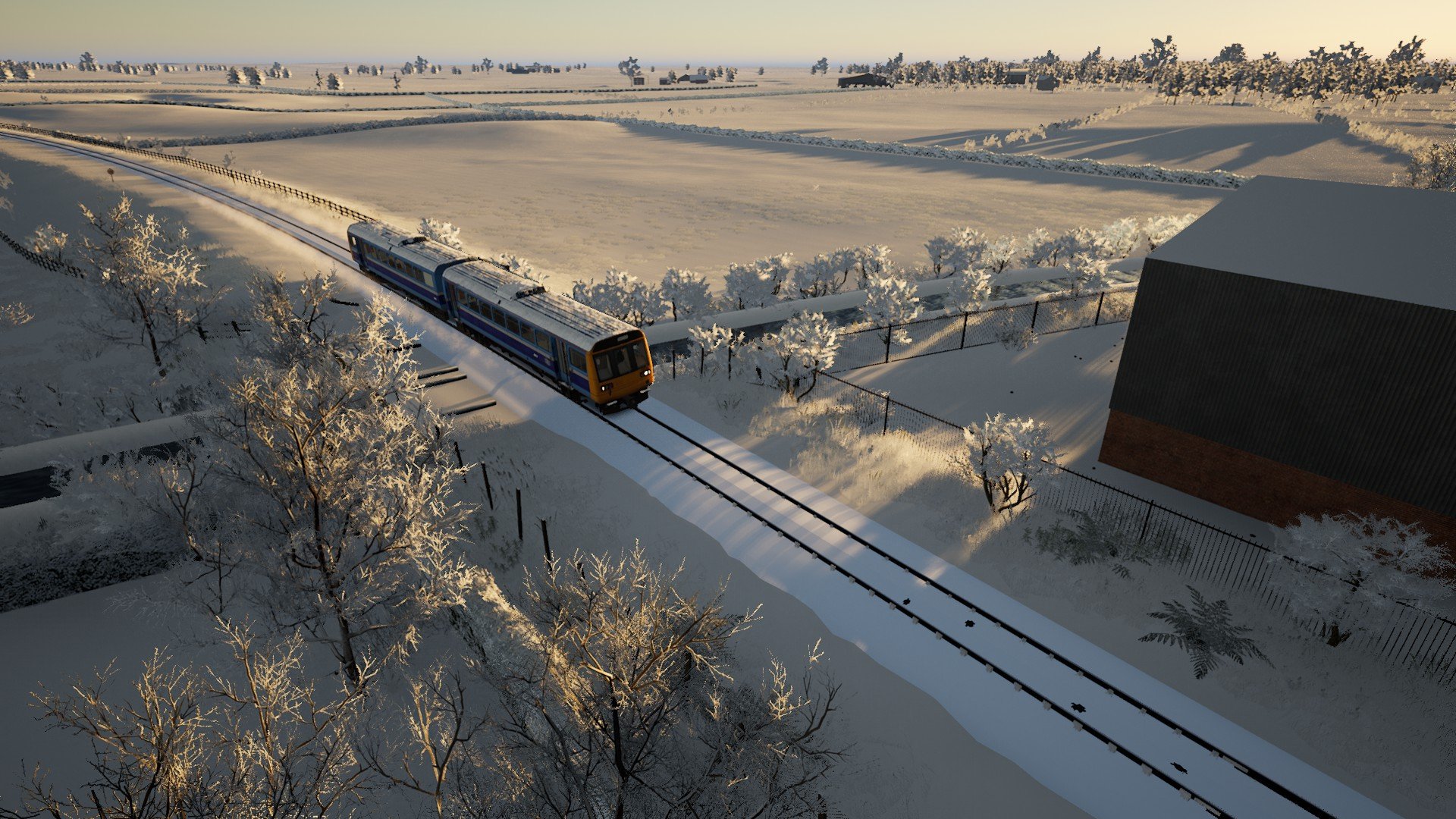
…precisely this spot, fifteen people perished when a Liverpool-Blackpool express left the rails at approximately 50 mph.

Guided to its resting place by a freshly broken fence, accident investigator Colonel Pringle quickly found his smoking gun – a detached locomotive tyre. The tyre had run for over 100,000 miles without revealing its hidden metallurgical infirmity. It had even been re-turned and inspected the previous month, and no problem had been detected.

Today, coast-clinging Lytham St Annes is best known for its golf club. Unless you’re a resident or have visited before you probably won’t be aware that ukulele-strumming Thirties film star George Formby once lived here, or that the town lost thirteen astonishingly brave men during the RNLI’s costliest ever rescue.
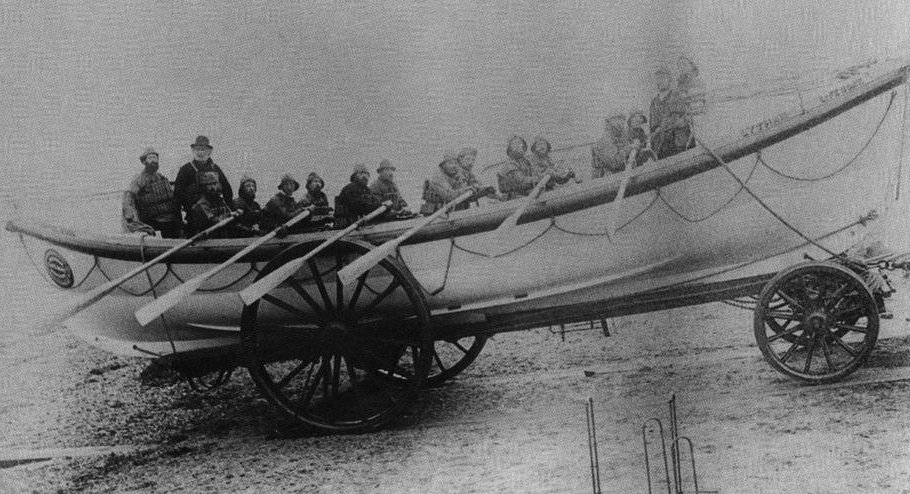
Two of the three oar and sail propelled lifeboats that went to the aid of the storm-driven German barque Mexico on the night of December 9, 1886 never returned. The Laura Janet, the lifeboat that launched from St Annes, was found the following morning washed ashore “bottom up, with three dead bodies hanging on the thwarts with their heads downwards. Every man in the crew was lost”. Southport’s Eliza Fernley suffered a similar fate. Only the Charles Biggs (pictured above), a brand new water-ballasted craft based at Lytham, survived the horrendous conditions. It managed to reach the Mexico, rescue all twelve aboard, and get home in one piece
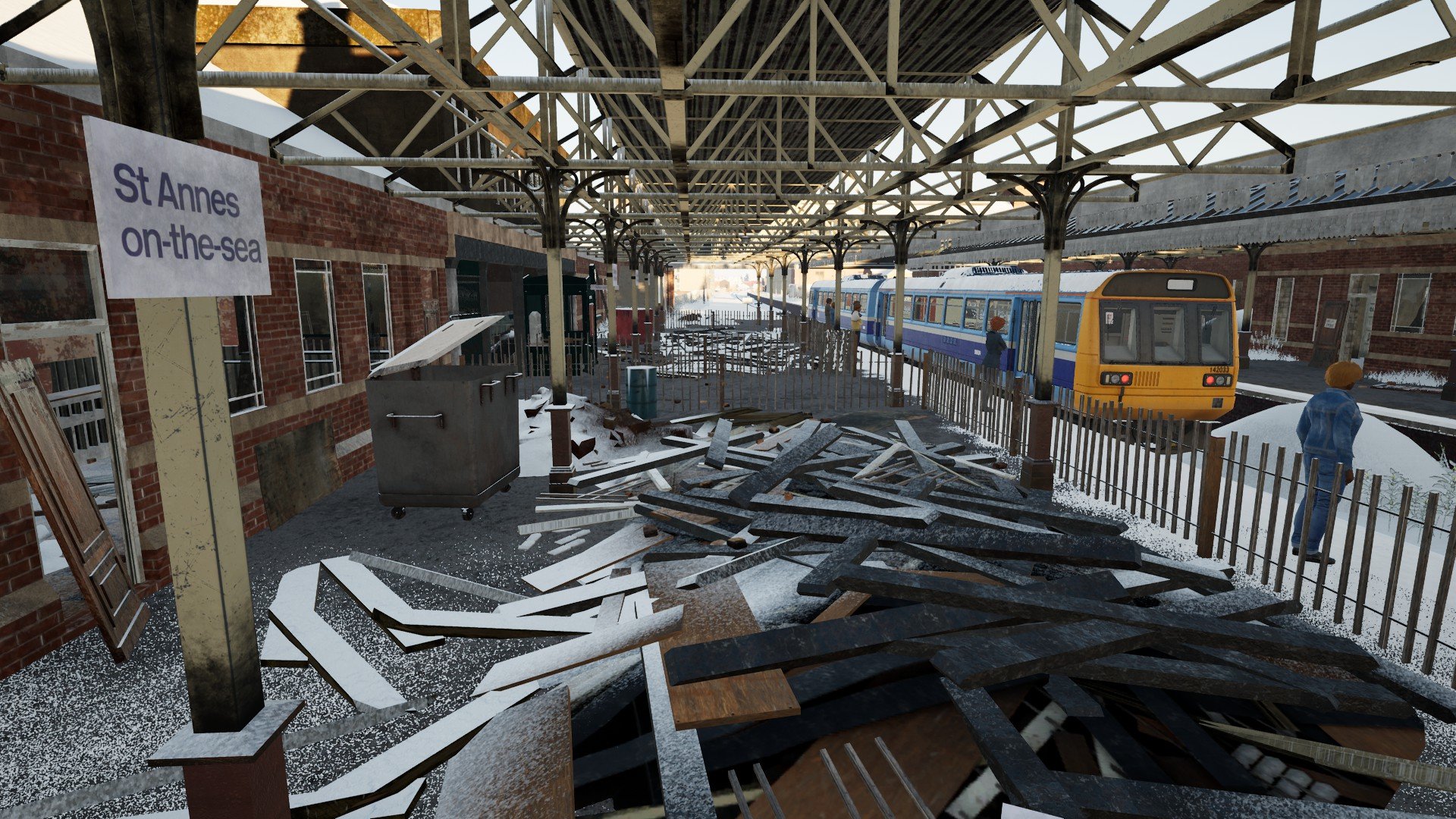
TSW depicts St Annes-on-the-sea, the station closest to the Mexico disaster memorial, in dilapidated early 80s conditions. Allowed to fall into ruin, the elegant 1876 station building was demolished in 1984. It’s hard to say which of the two structures subsequently erected on the site – a bland brick booking office and a lumpen supermarket – has the greater architectural merit.

That snow-mantled links course on our right is the original home of the renowned Royal Lytham & St Annes Golf Club. When St Anne’s started to sprawl in the latter years of the Nineteenth Century, the club decided to move to a new location further south. Ironically, the new site is now completely hemmed in by housing while the Old Links retains some pleasing vistas.

Squires Gate. Change here for Blackpool Airport – the site of Britain’s first official air show and the home of the UK’s only full-size Spitfire simulator.
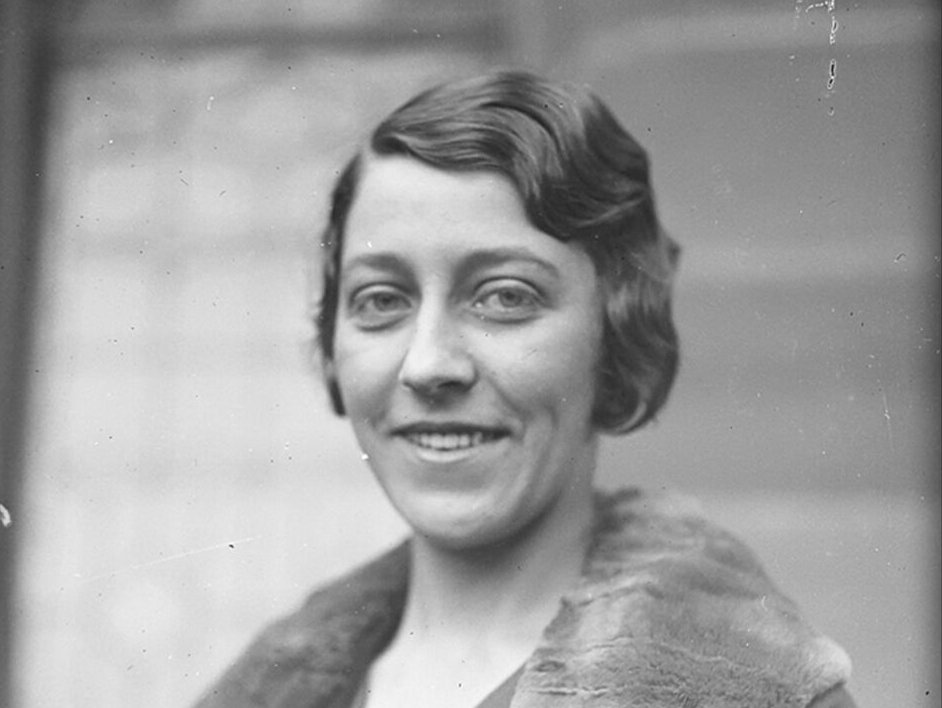
Amy Johnson’s final flight – an ATA ferry trip to RAF Kidlington in Oxfordshire – began at a murky Blackpool Airport shortly before midday on January 5, 1941. Exactly why Britain’s most famous aviatrix ended up drowning in the Thames estuary a few hours later may never be known for sure. For fifty-odd years it was widely believed her Airspeed Oxford iced-up or ran out of fuel in thick fog prompting her parachute jump, but in 1999 a chap came forward with a new explanation. Tom Mitchell claimed that, at around 15.30 on Jan 5, his AAA battery issued a radio challenge to an unidentified aircraft in its vicinity. When the aircraft responded with an incorrect signal “sixteen rounds were fired and the plane dived into the Thames Estuary. We all thought it was an enemy plane until the next day when we read the papers and discovered it was Amy. The officers told us never to tell anyone what happened.”

That blue flame-like protuberance on the skyline to port adorns the UK’s second oldest in-use rollercoaster. Designed in Nebraska and built in Philadelphia, the Big Dipper has been thrilling Pleasure Beach visitors for over a century. Remarkably, it’s not the theme park’s oldest ride. That honour goes to this g-force generator. Full English breakfasts have been reappearing courtesy of Sir Hiram Maxim’s Captive Flying Machine since August 1904.

(image: 1983-5236/12766 National Science and Media Museum)
If Richard Beeching had got his way today’s railtour would have finished at a grand multi-platform terminus not the poky dead-end that is Blackpool South.

The axe-wielding Doc wanted to eliminate Blackpool North, the station at the end of the resort’s other branchline, but after vigorous lobbying by the land-hungry Blackpool Corporation, it was the huge Blackpool Central – at one time the world’s busiest railway station – that was razed in the mid Sixties.
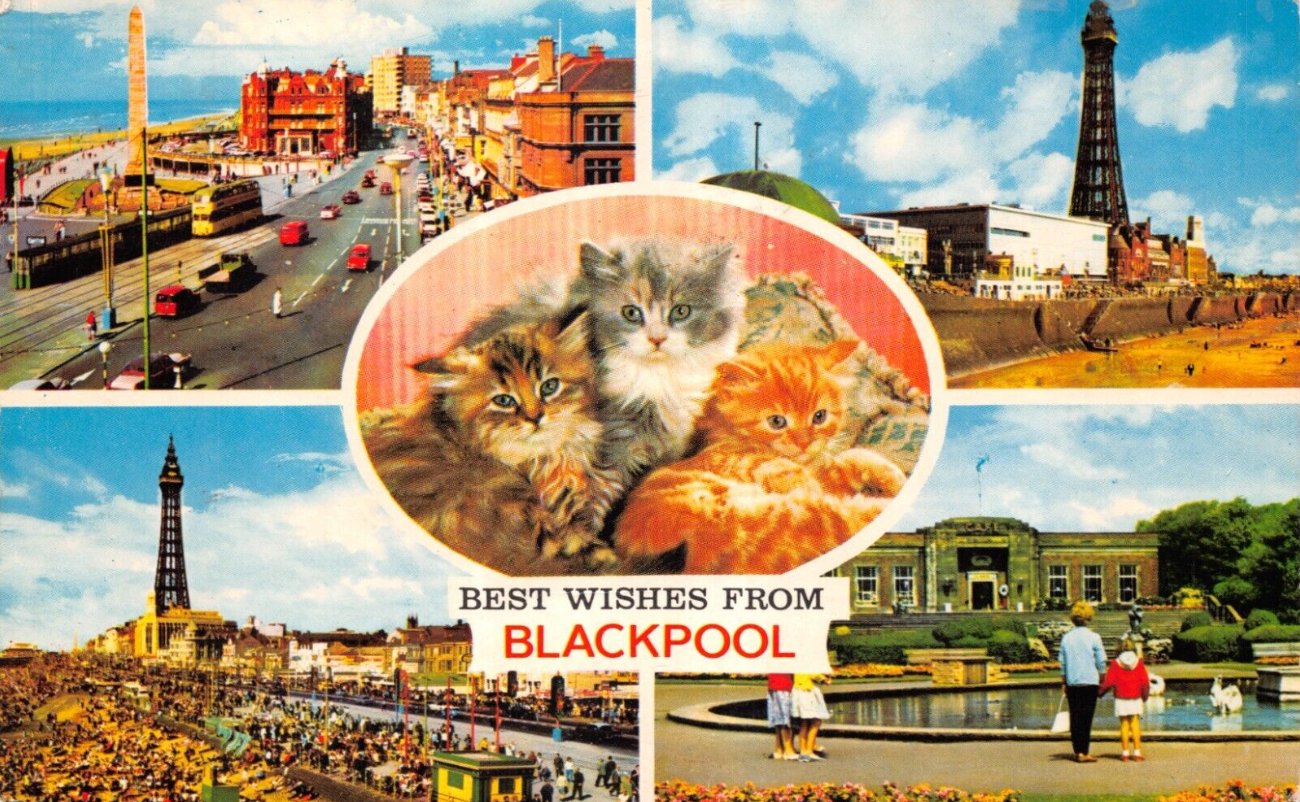
Judging by the way many of you are yawning, stretching, and reaching for your coats, I should skip the lengthy tram, TVR, and Tower-related segments I’d planned to deliver at this point. How about I wind things up with Twelve Fascinating Facts About Blackpool instead.
Twelve Fascinating Facts About Blackpool!*
- Every day during the summer season, seagulls steal an estimated 9000 chips from visitors.
- Gustave Eiffel was inspired to build his iconic Paris pylon after spending a weekend in Blackpool.
- The palatial Tower Ballroom hides a giant snakes and ladders board under its retractable dance floor.
- Blackpool FC are nicknamed the Deckchair Attendants.
- In 1929 local gangster Clarence Bright was sentenced to life imprisonment for killing a business rival with a stick of tongue-sharpened Blackpool rock.
- Last year a record six million pounds was staked on the resort’s Donkey Grand National.
- There are more B&Bs in Blackpool than there are lamp posts.
- During WW2 the Central Pier was converted into a mock aircraft carrier by the Royal Navy.
- In 1935 the town’s famous illuminations were turned on by Pablo Picasso.
- During the dark days of the ‘Three-Day Week’, Blackpool Transport ran pedal-powered trams.
- One of Roman’s favourite bands, Jethro Tull, came from Blackpool.
- I once had a very interesting chat with IL-2 creator Oleg Maddox in Blackpool.
*At least two of which are true

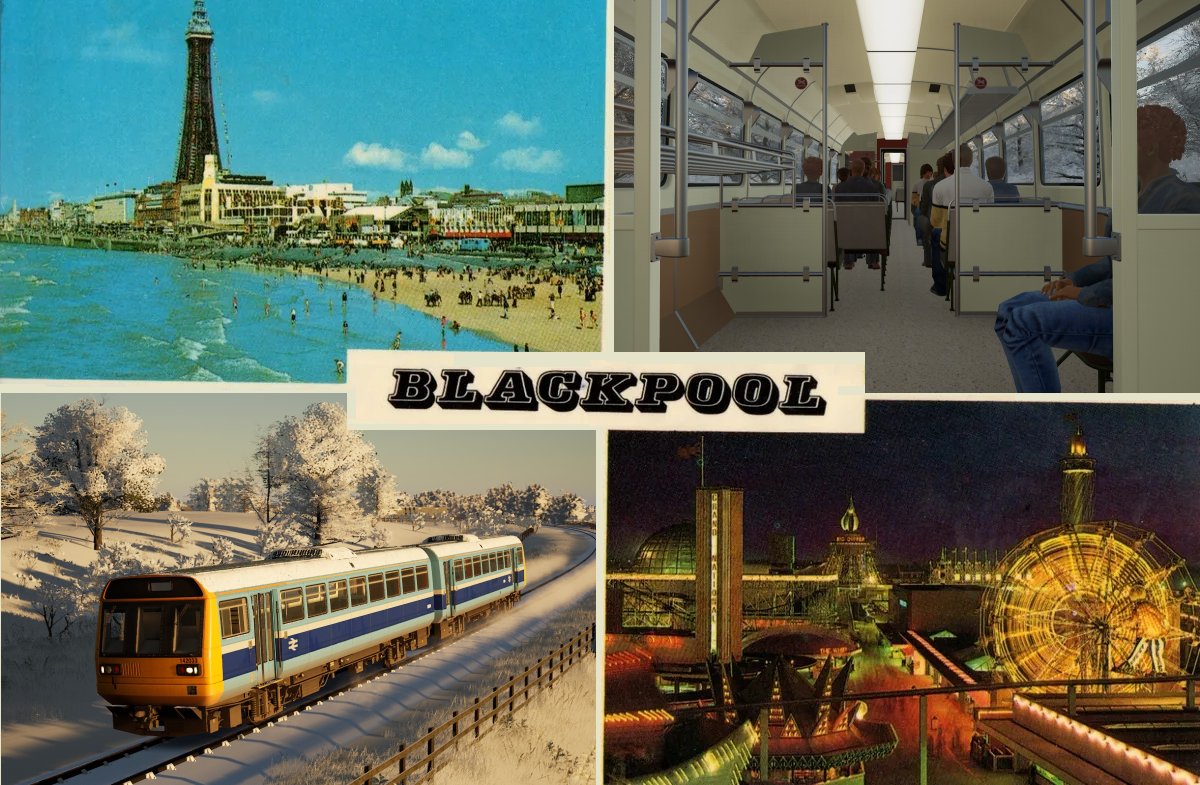
Took me a moment to process “his AAA battery issued a radio challenge” from wondering if it was a duracell powered radio to realising it was meant as anti aircraft artillery! I’ve just ordered some AAA rechargeables is my only excuse.
You’re not the only one.
It made me wonder if they had standardised cell sizes earlier than I had assumed.
(The answer is yes: “The size was first introduced by The American Ever Ready Company in 1911.”)
Another interesting fact about St Walburge. That incredibly tall spire is built from repurposed concrete railroad sleepers that used to be part of the Preston and Longridge railroad.
That was a nice ride! Tim, Roman, thanks for the tour !
Great fun and some lovely educational morsels*. And so evocative it had me brushing frost from the moustache and pie crumbs off my lap. Thanks for the tour, Tim and Roman!
*In my heart the Donkey Grand National is absolutely true and I refuse to google any “facts” to the contrary
Great writing and some beautiful shots, good entertainment all in all!
Thanks for the kind words. Morale ++. The next THC tour is sure to be Flight Simulator powered. If anyone has any destination suggestions, please plonk them here.
MSFS has many “bush” trips, basically prearranged multi-leg VFR routes in interesting and beautiful surroundings with a fixed weather. These would be very well suited for this kind of thing.
Wargame Construction Set III: Age of Rifles 1846-1905 has appeared on Steam
https://store.steampowered.com/app/2707280/Wargame_Construction_Set_III_Age_of_Rifles_18461905/
I can’t see anywhere if they’ve done any work to make it play nice on Win10/11 or just bundled it with DOSBox.
Here’s Tim’s Dusty but Trusty from before Dusty but Trusty was a thing
https://www.rockpapershotgun.com/the-flare-path-age-of-rifles
Outstanding tour. I often wonder if all of this fascinating yet trivial information is already known to you when you set out to make these pieces, or if you painstakingly hunt for history and points of interest as you write, and therefore possibly get even more enjoyment out of these articles than your readers. Feel free to keep it a mystery.